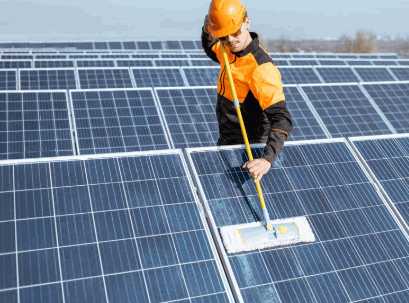Curious about how solar panels work and the different types available? From the photovoltaic effect to the various types of solar panels like monocrystalline and thin-film, this article covers it all.
Discover the efficiency rates of solar panels, the benefits of using them, and the costs involved in installation. Plus, learn how to choose the right system, find a qualified installer, obtain permits, and ensure proper maintenance.
Get ready to power up with solar energy!
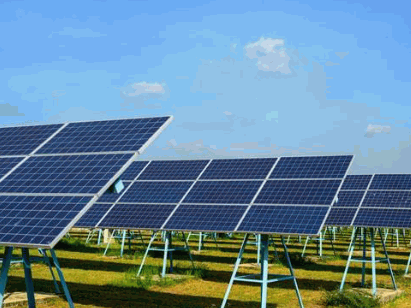
What Are Solar Panels?
Solar panels are devices that convert sunlight into electricity using photovoltaic cells made of semiconductors, such as silicon. They are a key component of generating solar energy, utilizing the strength of the sun to produce clean and renewable electricity.
Photovoltaic cells are the heart of solar panels, playing a crucial role in the conversion process. These cells are composed of semiconductor materials like silicon, which have unique electrical properties. When sunlight hits the photovoltaic cells, they generate an electric current through the photovoltaic effect, transforming light energy into electrical energy. This sustainable energy source helps reduce reliance on fossil fuels, mitigating environmental impact and contributing to a greener future.
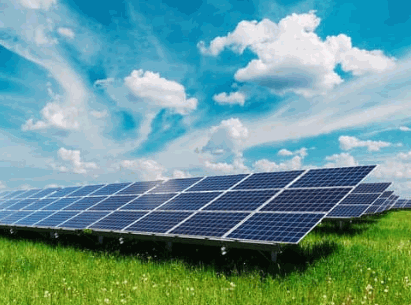
How Do Solar Panels Work?
Solar panels work by utilizing the photovoltaic effect, where sunlight is absorbed by solar cells within the panels, generating an electric field that converts photons from sunlight into electrical energy. This DC electricity is then converted into AC electricity through an inverter for use in homes or businesses.
The photovoltaic effect is a process that occurs at the atomic level; when sunlight hits the solar panels, it excites electrons in the silicon atoms of the solar cells, resulting in the generation of electricity. The solar cells, typically made of silicon, are crucial in this process as they contain semiconductor materials that can conduct electricity when exposed to light.
Once the solar cells absorb the sunlight, they create an electric current that flows through the panel. This direct current (DC) is generated, but most appliances in homes and buildings operate on alternating current (AC), which is why inverters play a vital role in converting the electricity from DC to AC, making it suitable for household use.
Find out more: How Many Solar Panels To Run A Hot Tub
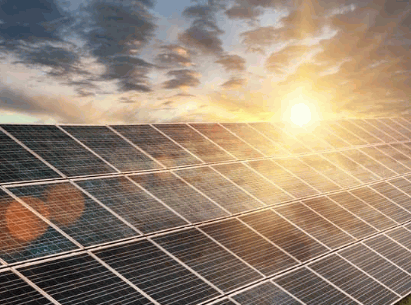
Photovoltaic Effect
The photovoltaic effect is a process in which photons from sunlight are absorbed by the semiconductor material in solar panels, creating an electric field that generates a flow of electrical charge, ultimately producing solar power.
When photons strike the semiconductor material, they transfer their energy to electrons, freeing them from their atomic bonds and creating electron-hole pairs. This separation of charges within the material leads to the establishment of an electric field, pushing the negatively charged electrons towards one side while the positively charged holes move in the opposite direction.
This movement of charges results in a current flow, which is captured by the wiring of the solar panels. Through an inverter, the direct current (DC) generated by the photovoltaic effect is converted into alternating current (AC), making it ready for use in households or to be fed back into the grid.
Solar Cells
Solar cells are the building blocks of solar panels, typically made of silicon with added dopants like boron and phosphorus to create an electrical charge imbalance that enables the conversion of sunlight into electricity.
Silicon is favored for solar cell production due to its abundance and efficiency in converting sunlight into electricity. When silicon is combined with dopants like boron and phosphorus, it forms a pn junction that helps create an electric field necessary for generating current flow. The role of boron is to introduce positively charged gaps in the silicon crystal structure, while phosphorus contributes extra negative charge carriers. This carefully engineered structure enhances the efficiency of solar cells in harnessing solar energy.
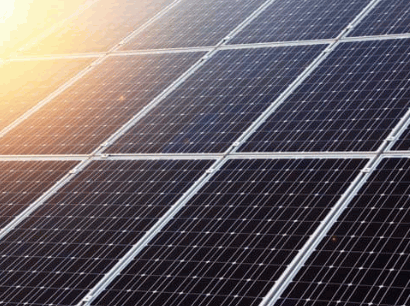
Inverter
An inverter is a crucial component in a solar panel system that converts the direct current (DC) electricity produced by the solar panels into alternating current (AC) electricity that can be used to power homes, businesses, and the electrical grid.
Without inverters, the electricity generated by solar panels would remain in a form unsuitable for typical household appliances and machinery that require AC power.
Inverters play a pivotal role in maximizing the efficiency and usability of solar energy systems, ensuring that the electricity harnessed from sunlight can be seamlessly integrated into our daily lives.
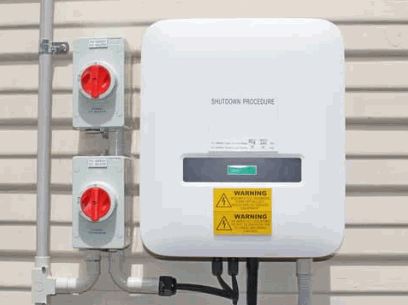
Solar Panel System
A solar panel system comprises interconnected solar panels that work together to capture sunlight, convert it into electricity, and contribute to a cleaner, more sustainable energy source, promoting energy efficiency and embracing renewable energy practices.
Each solar panel consists of photovoltaic cells made of semiconductor materials like silicon, which through the photovoltaic effect, convert sunlight into direct current (DC) electricity. To make this electricity usable for homes or businesses, an inverter is used to convert the DC power into alternating current (AC) electricity. This process allows the electricity generated by the solar panels to be utilized to power appliances, lighting, and other electrical devices, reducing dependence on grid-supplied electricity and decreasing overall energy costs.
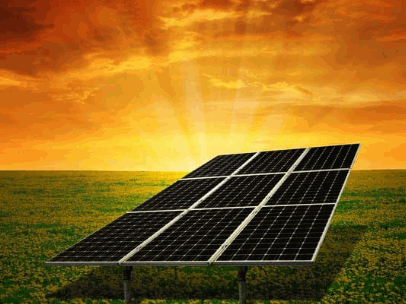
What Are The Different Types Of Solar Panels?
Solar panels come in various types, including monocrystalline, polycrystalline, thin-film, and bifacial panels, each offering unique characteristics and efficiency levels suited for different applications.
Monocrystalline panels are known for their high-efficiency rates and longevity, making them a popular choice for residential installations. On the other hand, polycrystalline panels are more budget-friendly and suitable for larger commercial projects. Thin-film panels are lightweight and flexible, making them ideal for curved surfaces or portable applications. Bifacial panels can capture sunlight from both sides, maximizing energy production, perfect for installations with reflective surfaces like snow or sand.
Monocrystalline Solar Panels
Monocrystalline solar panels are known for their high efficiency and sleek design, using silicon solar cells that are cut from a single continuous crystal structure, making them ideal for applications where space is limited.
Because of their high efficiency, monocrystalline panels have become a popular choice for both residential and commercial solar installations. The silicon solar cells used in these panels are not only efficient but also long-lasting, offering a reliable source of clean energy for years to come. The sleek design of monocrystalline panels allows for a more visually appealing integration into various architectural styles, making them a preferred option for those looking for both performance and aesthetics in their solar solutions.

Polycrystalline Solar Panels
Polycrystalline solar panels offer a cost-effective alternative to monocrystalline panels, utilizing silicon layers composed of multiple crystal structures that provide good efficiency and performance at a more affordable price point.
These panels are constructed by melting raw silicon at high temperatures, and then pouring the molten silicon into molds to create ingots. These ingots are sliced into wafers with a diamond saw, resulting in the characteristic grainy appearance of polycrystalline panels.
The use of solar panels is rapidly increasing worldwide due to their eco-friendly nature and sustainable energy production. The scalability of mass production for polycrystalline panels further drives down their cost, making them a practical choice for residential and commercial installations alike.
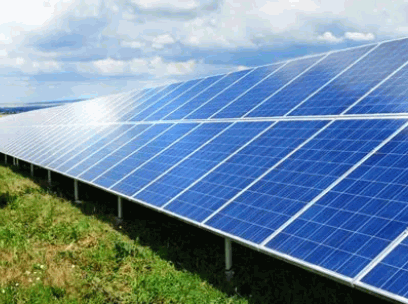
Thin-Film Solar Panels
Thin-film solar panels are characterized by their ultrathin and flexible design, using materials like amorphous silicon to create lightweight and versatile solar solutions suitable for applications such as wearable electronics and aerospace technology.
These innovative panels offer numerous advantages due to their slim profile, making them ideal for curved surfaces and integration into various devices where traditional bulky solar panels would not be practical. Their flexibility allows for easy installation on irregular shapes, opening up new possibilities for solar energy utilization. With advancements in technology, thin-film solar panels have become more efficient, making them increasingly popular in both residential and commercial settings.
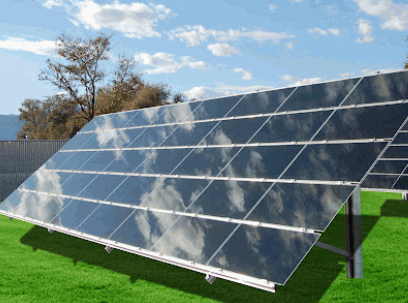
Bifacial Solar Panels
Bifacial solar panels have a unique design that allows them to capture sunlight from both the front and back surfaces, typically constructed with glass-based materials to enhance energy efficiency and maximize power generation.
By utilizing bifacial solar panels, individuals can benefit from increased energy production, as these panels can gather sunlight not only from above but also reflect light from the ground surface. The ability to capture sunlight from multiple angles means these panels can be placed in a variety of environments and still operate efficiently. The use of glass-based materials not only ensures durability but also facilitates easy cleaning and maintenance.
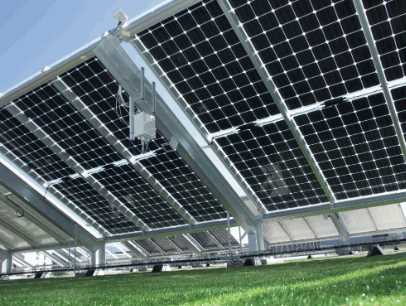
How Efficient Are Solar Panels?
The efficiency of solar panels depends on various factors such as sunlight intensity, shading, panel orientation, and temperature, with average efficiency rates typically ranging from 15% to 22%. Improving efficiency involves technological advancements and optimal system design.
High sunlight intensity contributes significantly to the performance of solar panels, as it directly influences the amount of energy the panels can convert. Excessive shading, whether from nearby structures, trees, or debris, can reduce panel efficiency by obstructing sunlight. Proper panel orientation towards the sun plays a crucial role in maximizing exposure and output. Temperature affects efficiency, with cooler temperatures being more conducive to optimal panel performance.
Factors Affecting Efficiency
The efficiency of solar panels can be influenced by factors like the intensity of sunlight, presence of shading, orientation of the panels, and operating temperature, all of which play a role in determining the overall performance and output of the system.
In terms of sunlight exposure, the greater the intensity of sunlight that reaches the solar panels, the more electricity they can produce. Shading can significantly impact solar panel efficiency, as even small amounts of shading on a panel can greatly reduce its power output. The orientation of the panels plays a crucial role; optimal positioning toward the sun can maximize energy capture.
The operating temperature of solar panels affects their performance; extreme heat can decrease efficiency, while cooler temperatures generally lead to higher output levels. Understanding and managing these variables is essential for ensuring the effectiveness of a solar power system.
Average Efficiency Rates
The average efficiency rates of solar panels typically range from 15% to 22%, reflecting the percentage of sunlight energy that can be converted into usable electricity by the solar cells, determining the overall power output of the system.
Efficiency is a critical factor in the performance of solar panels as it directly impacts the amount of electricity generated per unit of sunlight received. A higher efficiency rate means more power output from the same sunlight exposure, resulting in increased energy production. This is why advancements in solar panel technology focus on improving conversion efficiency to enhance the overall effectiveness of solar energy systems. By maximizing conversion efficiency, solar panels can better harness the abundant sunlight available and contribute significantly to renewable energy generation.
Improving Efficiency
Enhancing the efficiency of solar panels involves advancements in technology, the development of new materials, and optimizing system components to maximize solar power generation and improve the overall performance of solar energy systems.
One critical aspect of enhancing the efficiency of solar panels is to implement advanced technologies that can harness sunlight more effectively. With the use of cutting-edge photovoltaic mechanisms, solar panels can convert sunlight into electricity with higher precision and efficacy. The utilization of innovative materials such as thin-film solar cells and nanostructured coatings can enhance light absorption and energy conversion rates.
What Are The Benefits Of Using Solar Panels?
The benefits of using solar panels include harnessing renewable energy, reducing greenhouse gas emissions, and contributing to the growth of solar farms that generate clean electricity for communities and businesses.
Solar panels play a crucial role in shifting towards sustainable energy sources and reducing dependency on fossil fuels. They offer a reliable and cost-effective way to produce electricity in an environmentally friendly manner. By utilizing the strength of the sun, solar panels help in lowering carbon footprint and combatting climate change. The expansion of solar farms leads to job creation and economic development in local communities. The continuous advancements in solar technology make it a promising solution for a greener future.
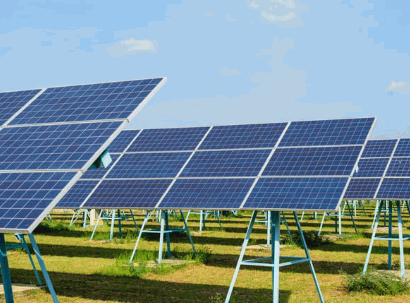
What Are The Costs Of Installing Solar Panels?
The costs of installing solar panels can vary based on factors such as system size, location, and available incentives. Governments like the UK and the US offer financial support and rebates to encourage the adoption of solar energy systems.
One significant factor influencing the costs of installing solar panels is the system size. Larger systems usually come with a higher upfront cost but can generate more energy, offering long-term benefits in terms of savings on electricity bills. Location also plays a crucial role, as areas with abundant sunlight are more conducive to efficient solar energy production, potentially reducing overall expenses.
Along with these factors, the availability of incentives such as tax credits and rebates can significantly impact the overall cost-effectiveness of a solar panel installation. Governments in many countries understand the importance of shifting towards renewable energy sources and support this transition through various financial mechanisms.
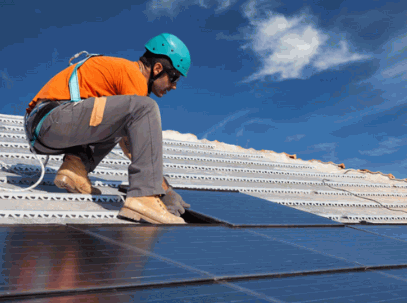
How Can Someone Install Solar Panels?
Installing solar panels requires selecting the right system based on energy needs, finding a qualified installer for professional installation, obtaining permits and approvals, and establishing a maintenance plan for optimal system performance.
When choosing a solar panel system, consider factors such as your household’s average electricity consumption and the available space for installation. Research different types of panels, like monocrystalline or polycrystalline, to determine which best suits your needs and budget.
Next, reach out to reputable solar installation companies for quotes and references. Look for installers certified by organizations like the North American Board of Certified Energy Practitioners (NABCEP) to ensure quality work.
Securing the necessary permits involves contacting your local government or utility company to understand regulations and requirements. Some areas may also offer incentives or rebates for solar installations, so explore potential cost-saving opportunities.
Once your system is up and running, create a maintenance schedule that includes regular cleaning, inspections, and potential repairs. Proper care ensures the longevity and efficiency of your solar panels, maximizing your investment in renewable energy.
Choosing The Right System
Selecting the right solar system involves considering factors like solar hot water systems, solar thermal technologies, and the desired energy source to meet specific energy requirements and sustainability goals.
When determining the most suitable solar technology, it’s crucial to weigh the benefits of each option.
Solar hot water systems are ideal for meeting the daily hot water needs of households, while solar thermal technologies harness solar energy for heating purposes.
By choosing the appropriate energy source, individuals can enhance the efficiency and effectiveness of their solar system.
Tailored solutions catered to unique energy demands can maximize the overall benefits of utilizing solar power, whether through grid-tied systems or off-grid setups.
Finding A Qualified Installer
When seeking a qualified solar installer, it is essential to evaluate experience, certifications, and reviews to ensure professional installation of solar panels, especially for large-scale projects like transmission-connected solar farms.
Experience plays a vital role in the successful implementation of solar projects, as seasoned installers often possess the expertise to handle complex installations efficiently.
Certifications, such as NABCEP (North American Board of Certified Energy Practitioners), demonstrate a commitment to industry standards and best practices, ensuring the installer is well-versed in the latest technologies and safety protocols.
Additionally, customer feedback serves as a valuable indicator of the installer’s reputation and the quality of their workmanship, providing insights into previous project outcomes and overall satisfaction levels. By considering these factors when choosing a solar panel installer, you can enhance the likelihood of a smooth and successful installation process.
Obtaining Permits And Approvals
Securing necessary permits and approvals for installing solar panels involves complying with local regulations, zoning restrictions, and utility requirements, with governmental support from entities like the US government and the Biden-Harris administration fostering solar energy adoption.
Local regulations typically dictate the specific guidelines for solar panel installation, concerning factors such as setbacks, panel orientation, and structural considerations.
Zoning restrictions come into play to ensure that solar projects align with the designated land use, preserving the aesthetic and functional integrity of the surrounding area.
Utility requirements are another crucial aspect, as the installation must adhere to technical standards and safety protocols set by the energy provider to integrate seamlessly into the grid.
The US government, under the Biden-Harris administration, has outlined initiatives to streamline the permitting process, reduce barriers to solar development, and promote renewable energy investments across the country.
Maintenance And Monitoring
Maintaining solar panels involves regular inspections, cleaning, and monitoring of power output to ensure optimal performance and longevity, utilizing technology for efficient management, especially in larger-scale installations like solar farms.
Regular inspections are crucial to identify any potential issues early on, such as dirt buildup or shading that could impact energy production. Inspecting the panels regularly can help prevent costly repairs and downtime. Keeping the panels clean from dust, debris, and bird droppings is essential to maximize sunlight absorption. Performance tracking is another key aspect, allowing owners to analyze energy generation data and make adjustments for improved efficiency.
